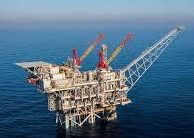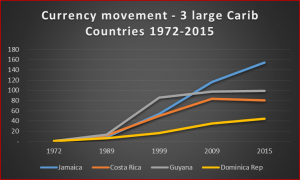 The International Monetary Fund (IMF) is projecting a stunning 85.6 percent growth in Gross Domestic Product for Guyana in 2020 with oil production scheduled to begin in early 2020.
The International Monetary Fund (IMF) is projecting a stunning 85.6 percent growth in Gross Domestic Product for Guyana in 2020 with oil production scheduled to begin in early 2020.
The huge increase in economic growth projected for 2020, will be up from a projected 4.4 percent increase in 2019 and 4.1 percent actual growth in 2018.
According to the IMF, economic growth for the current year continues as the domestic economy extends the broad-based expansion across all major sectors. Growth is driven by continued strength in the construction and services sector ahead of oil production in 2020 and strong recovery in mining. The oil sector is projected to grow rapidly, accounting for around 40 percent of GDP by 2024 and supporting additional fiscal spending annually of 6.5 percent of non-oil GDP on average. This would boost non-oil GDP growth by 3.5 percentage points on average.

Oil drilling offshore Guyana
The external outlook is expected to gradually improve after the start of oil production in 2020, the IMF stated. “The current account deficit is projected to narrow from negative 22.7 in 2019 to negative 18.4 percent of GDP in 2020, with the commencement of oil exports. The deficit will be financed largely by FDI inflows and donor-supported investment. In the medium term, the current account balance will improve further as oil-related imports subside with the completion of oil fields and as oil exports from Liza II commence in 2022.”
“Public debt is projected to peak at 56.6 percent of GDP in 2019 before declining sharply from 2020, reaching 15.8 percent of GDP by 2024, as the incoming oil revenue significantly reduces borrowing needs and increases GDP”, the IMF reported.






